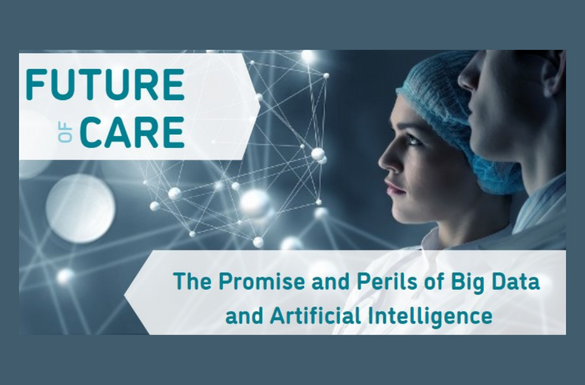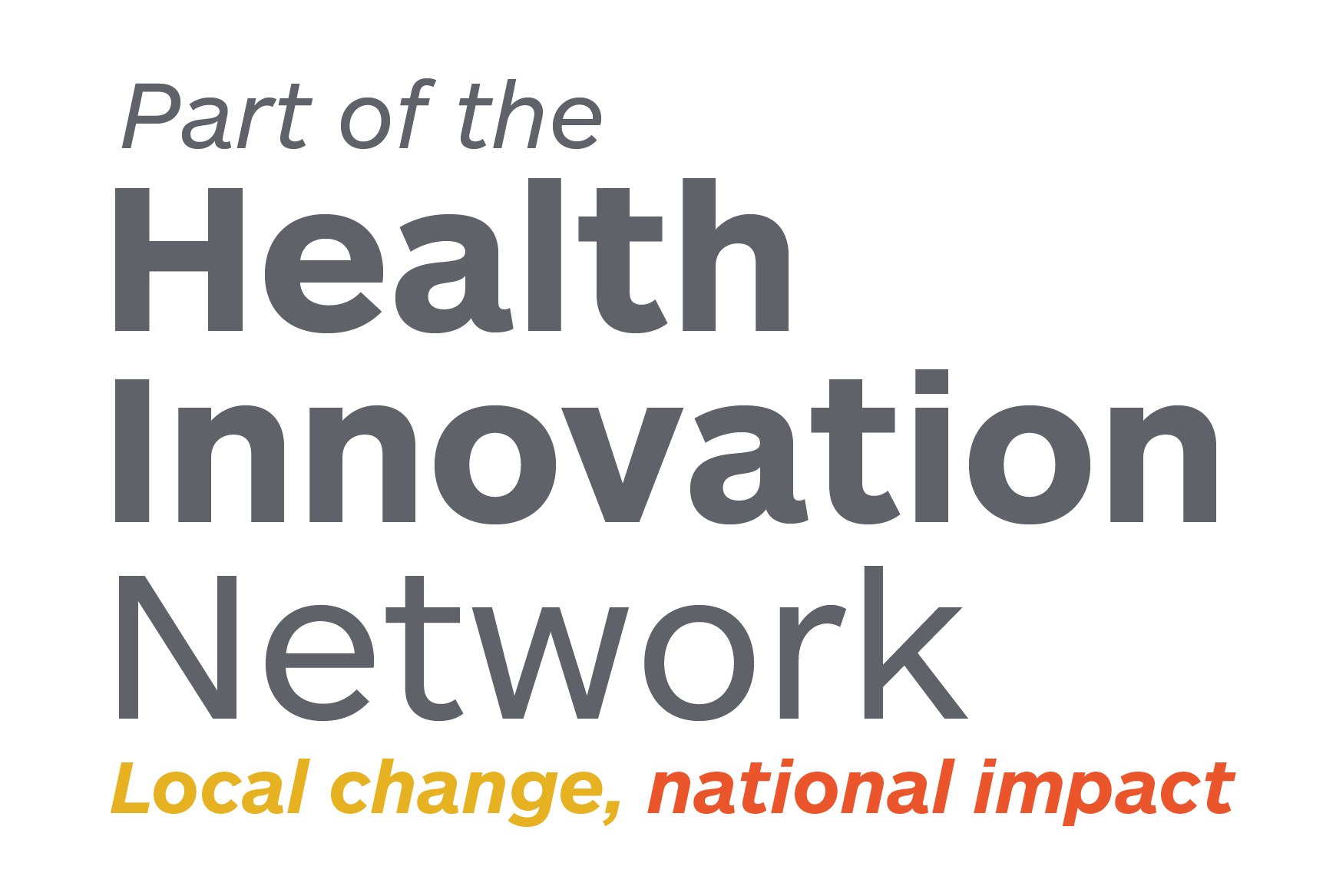
In September, we held the fifth in our popular series of Future of Care lectures, which are exploring the different ways new frontiers of science and innovation are set to transform health and care in the future.
At these events, we bring together experts from across the world to discuss implications for the NHS and our local healthcare systems. The events examine the latest breakthroughs in technology and ground-breaking medical research.
For this latest event, we partnered with the University of Bath’s School of Management and Centre for Healthcare Innovation and Improvement (CHI2). Following introductions from Professor Christos Vasilakis (Director of CHI2), and Natasha Swinscoe (Chief Executive of the West of England AHSN), we were honoured to have Dr David Scheinker from Stanford University as our guest speaker to consider the use of big data and AI in clinical medicine and biomedical research to guide clinical decisions.
David’s talk weighed the AI ‘promise’ of better patient outcomes and experience and lower health provider costs against what he considers as ‘the very real peril’. As David explained: “The peril is that on the way to these outcomes, the technology can get bogged down in implementation: physicians are frustrated, patients are frustrated, costs increase, and there’s a lot more scepticism and reluctance to embrace a solution that technology makes possible in theory.”
David’s talk took as its main case study a real-world project he’d been involved in, which trialled use of algorithm-enabled remote patient monitoring using continuous glucose monitor (CGM) data. This is associated with lower HbA1c (the central metric used to evaluate how well people are managing their diabetes), increased time in range, and higher provider and patient satisfaction.
A key theme that emerged during David’s talk was around iteration versus inspiration and the need to allow time and space in the implementation process for continuous improvement and co-production with health providers and service users.
“In our particular case, care provider feedback allowed us to improve the interface of the tool we designed, while provider use data allowed us to improve how our algorithms identify patients who do and don’t need care provider attention”, said David. “Using actual patient data and CGM data we could identify heterogeneous treatment effects and personalised recommendations – what works for whom and, just as importantly, what doesn’t work for whom.”
The adoption and spread of these new technologies can be challenging and David’s experience in the US provides fascinating insights that are highly applicable in the UK.
“Make sure your tech is more of a template rather than one fixed technology, and then introduce it gradually,” advises David. “From each stage to the next, move on based on the feedback from the people at that institution; how they want to use it and what works for their population. So you may very well get to a different-looking, different-functioning end product than what we have at our site, but it will still be based on the same functionality and principles – just guided by the people there.”
Watch the full Future of Care lecture here.
Find out more about the rest of our Future of Care lecture series.
Posted on October 5, 2022


